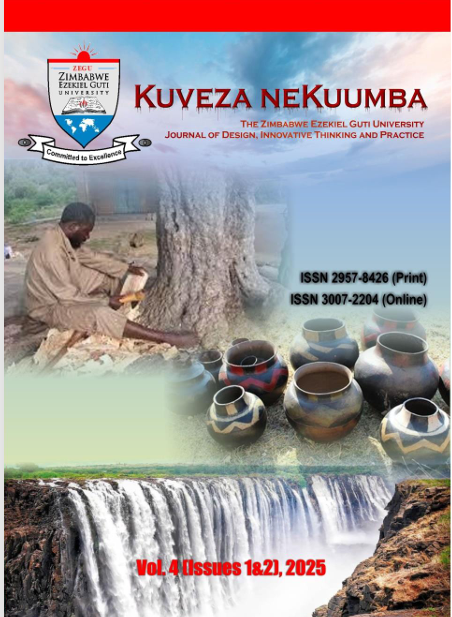Towards A Transport and Logistics Cluster Implementation Model for Manufacturing Firms with A View to Revitalise the Manufacturing Sector in Zimbabwe
DOI:
https://doi.org/10.71458/nhwbf730Keywords:
manufacturing sector, transport and logistics, innovation, technological advancement, Zimbabwe, asian tigersAbstract
Zimbabwe and its economic growth have been told at the backdrop of agriculture and mining sectors that have failed to alleviate masses from poverty. However, success stories of the Asian tigers, like Taiwan, have been at the backdrop of wellcoordinated and organised manufacturing sector. The article advances the argument that the Zimbabwean manufacturing sector can become vibrant through the implementation of a transport and logistics cluster model that favours value addition, manpower development and innovation sharing. It explores and discusses a shift towards transport and logistics clusters implementation for the reinvigoration of the manufacturing sector in Zimbabwe. Missing in the literature is the perspective that innovation and technological advancement have been lacking in the Zimbabwean manufacturing industry. Data were gathered using in-depth interviews and desktop research utilising published data on the Zimbabwean manufacturing sector and that of the referenced Asian Tigers. This includes surveys and reports. Evidence from the sources shows three critical aspects that are innovation, technological revolution and corporate behavioural change. The article proposes that the government should intervene and play a critical role in the implementation of the transport and logistics model with policies that favour clusters. It is recommended that manufacturing companies should be able to adapt to changing social and economic aspects of society. Manufacturing companies should innovate from archaic chain supply practices.

